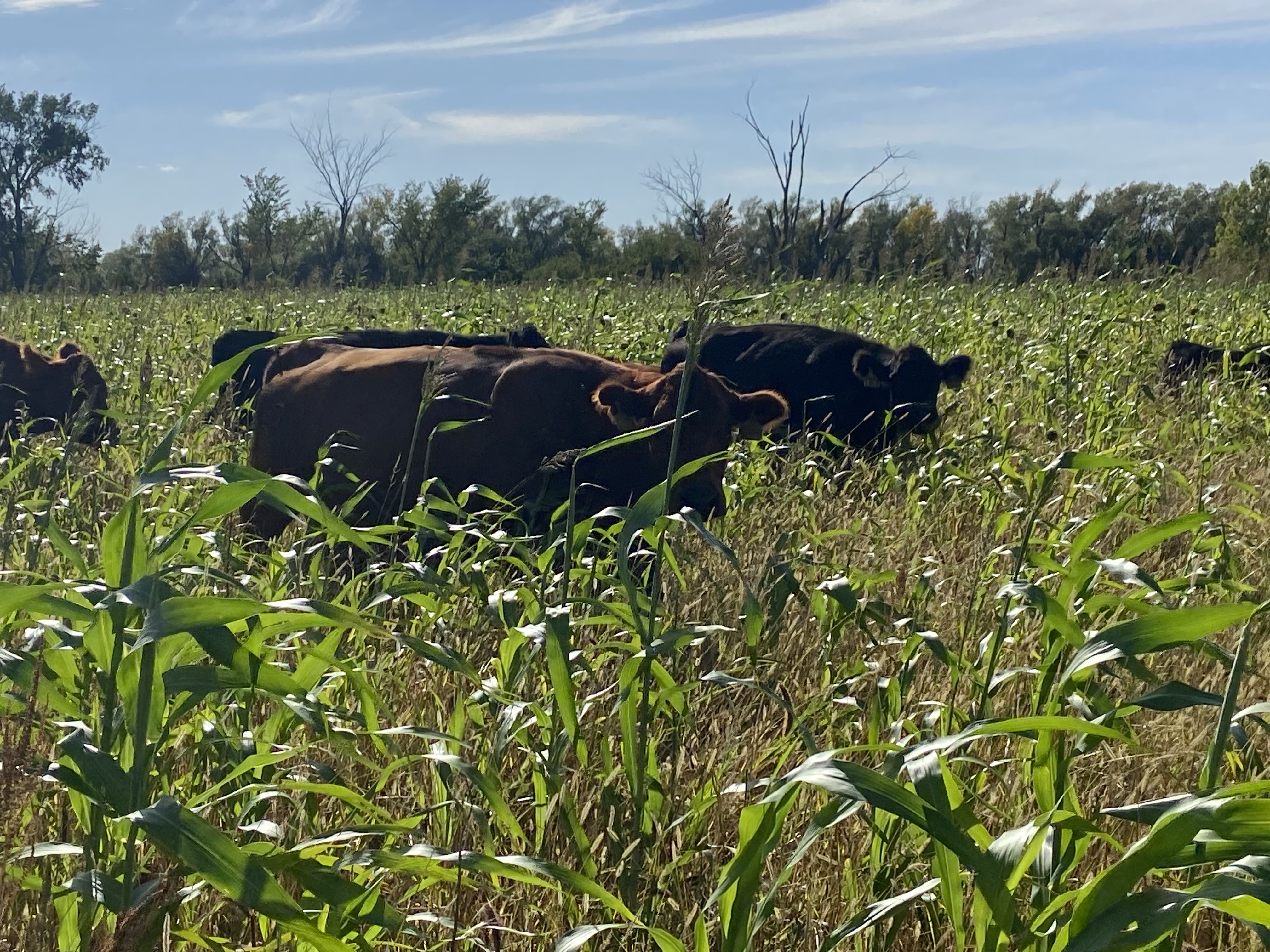Challenging weather conditions due to a combination of excess moisture and cool temperatures have inhibited spring planting, resulting in the potential for above normal acres of prevented planting.
In addition, many livestock producers in the region are short on forage due to severe drought in 2020 and 2021 and delayed pasture readiness this spring.
“The increase in preventive-plant acres provides an opportunity for the production of supplementary forage for livestock to offset the shortage of forage supplies,” says Miranda Meehan, North Dakota State University Extension livestock environmental stewardship specialist.
The U.S. Department of Agriculture Risk Management Agency provides full prevented planting payment on the first insured crop if a second crop is not planted. However, full payment can still be received if the second crop planted is a cover crop, and it is not harvested for grain or seed. The cover crop can be grazed, hayed or cut anytime without a reduction of payment. Contact your local Farm Service Agency (FSA) or Natural Resource Conservation Service (NRCS) to verify whether the cover crop seeded is an approved mix.
“Cover crops for grazing can provide significant cost savings to producers by minimizing the need for baled forages or provide an alternative grazable forage to allow recovery to overgrazed pastures,” says Kevin Sedivec, NDSU Extension rangeland management specialist.
The seed mixture options for full and late-season grazing could include cool-season cereals (oats, barley, triticale), warm-season grasses (sorghum-sudan, sudangrass, pearl millet), brassicas (turnips, radishes, kale), broadleaf plants (sunflowers, buckwheat) and legumes (forage peas, clovers, vetch).
“Ranchers should introduce livestock to these mixes slowly and allow them to adjust to the cover crop mixture that may be nutrient-rich in comparison with mid- and late-summer range,” says Meehan.
If using brassicas in a mix for grazing, the general recommendation is to limit livestock to less than 50% of the seed mixture to avoid digestive disorders in cattle. Provide livestock with dry hay or other forage prior to turnout and gradually introduce them to cover crops during a period of several days if possible.
Cover crops for late-season grazing should be seeded no later than Aug. 15 to be cost-effective in the northern Plains; however, planting earlier will increase overall tonnage and enhance deeper root growth to increase organic carbon and feed for the soil microbial population. Warm-season crops will have limited value if seeded after Aug. 1 due to the short growing season that remains.
If preventative plant acres are identified early, planting a full-season cover crop will provide an excellent option for summer and late-season grazing. Full-season cover crops can be seeded as early as mid-June.
If Haying is the Goal
Recommended species for haying include cool-season cereals (oats, barley, triticale), warm-season grasses (sorghum-sudan, foxtail millet, sudangrass) and legumes (forage peas, clovers and vetch). The cereal grains and warm-season grasses can be seeded in monocultures or mixtures with or without the legume if approved by FSA. However, mixtures are preferred to increase diversity to benefit the soil microbial population, pollinators and some wildlife species.
If Silage/Haylage is the Goal
This is a great option when harvesting before a freeze to achieve silage of the desired moisture conditions. Moisture needs to be 65% to 70% for a bunker and 60% to 68% for silo bags. A hard freeze will reduce the moisture content dramatically within 24 to 48 hours. Haylage can be put up at a lower moisture level (40% to 60%).
“While excess moisture has created planting challenges, it is important that adequate topsoil moisture is available to support the growth of cover crops,” Meehan says. “In addition to available soil moisture, recommended planting dates and seed availability will limit producers’ options.”
Farmers intending on planting cover crops on prevented-planting acres to suppress weeds and enhance soil health have an opportunity to market this forage to livestock producers. The NDSU Feedlist (www.ag.ndsu.edu/feedlist/) can connect crop producers with livestock producers in search of additional forage.
“Planting a cover crop can enhance your soil health while creating feed for full and late-season grazing or hay and silage production,” Sedivec says.






